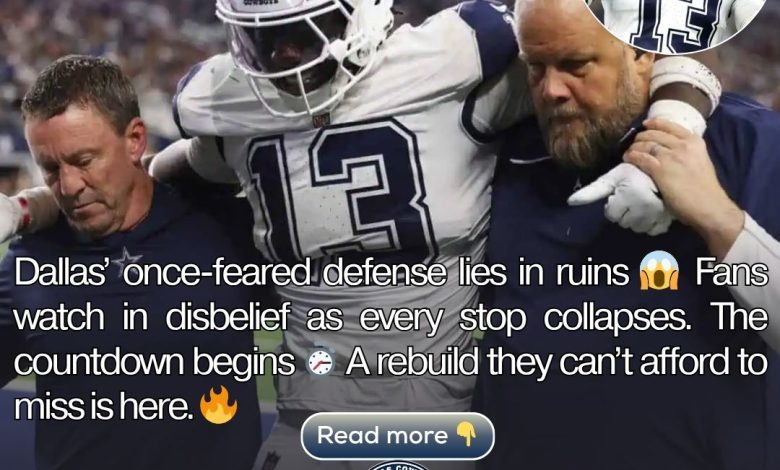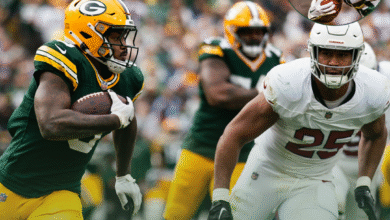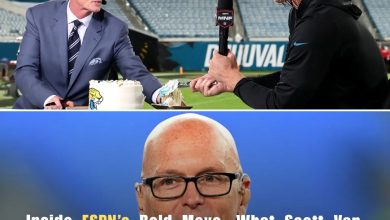Dallas’ once-feared defense is in ruins, and the clock is ticking on a rebuild fans can’t afford to miss.QQ

Linebacker DeMarvion Overshown emerged as one of the Cowboys’ most reliable players on defense during the first thirteen weeks of the 2024 season.
His speed, instincts, and ability to close space made him a standout in a unit that frequently struggled with missed tackles, inconsistent coverage, and communication lapses.
Overshown played true linebacker — diagnosing plays, scraping across the formation, and erasing space in ways few on the roster could match.
During his thirteen games, Dallas allowed 28.2 points per game and 365.3 yards per game, numbers that came against the most brutal stretch of the schedule.
Baltimore, Detroit, San Francisco, Houston, Cincinnati, and Philadelphia were all part of that run. Overshown wasn’t the reason those games were difficult; he was one of the few players keeping the defense competitive.
Before his injury, he tallied 90 tackles, five sacks, a pick-six, and several momentum-changing plays that highlighted his potential as a foundational piece of the defense.

Why Dallas’ Defensive Numbers Shifted After His Injury
When Overshown went down late in the season, the Cowboys saw a slight improvement in their averages, allowing 25.5 points per game and 322.5 yards per game over the final four contests.
On the surface, those numbers look like a step forward. But they need context.
Dallas still faced dangerous opponents during that stretch, including a 10-win Tampa Bay team, a 12-win Washington squad that reached the NFC Championship Game, and the Super Bowl champion Eagles, who scored 41 points on the Cowboys.
The improvement wasn’t about losing Overshown — it was about the defense briefly settling down structurally.
After Overshown’s injury, the Cowboys simplified their approach.
Mike Zimmer leaned on more static fronts, reduced rotations, and relied on basic zone rules. That kind of simplification naturally cuts down on explosive plays and mental errors, which helped the defensive averages improve.
The slight boost was never a sign that the defense was trending upward long term — and it certainly wasn’t an indication that Overshown was holding the unit back.
In fact, the opposite is true.

The Truth Behind the Late-Season Defensive Improvement
The improvement Dallas saw late in the year was temporary. It didn’t carry into 2025, and it wasn’t enough to mask deeper issues across the roster.
The Cowboys entered this offseason with one of the weakest defensive units in the league. The coverage was inconsistent, the tackling lacked discipline, and the team struggled to maintain structure against even average offenses.
Overshown’s absence didn’t fix the defense. The uptick was short-lived, driven by a simpler playbook and fewer communication-heavy packages. Once the season ended, the Cowboys were still left with a roster lacking impact players in key areas.




